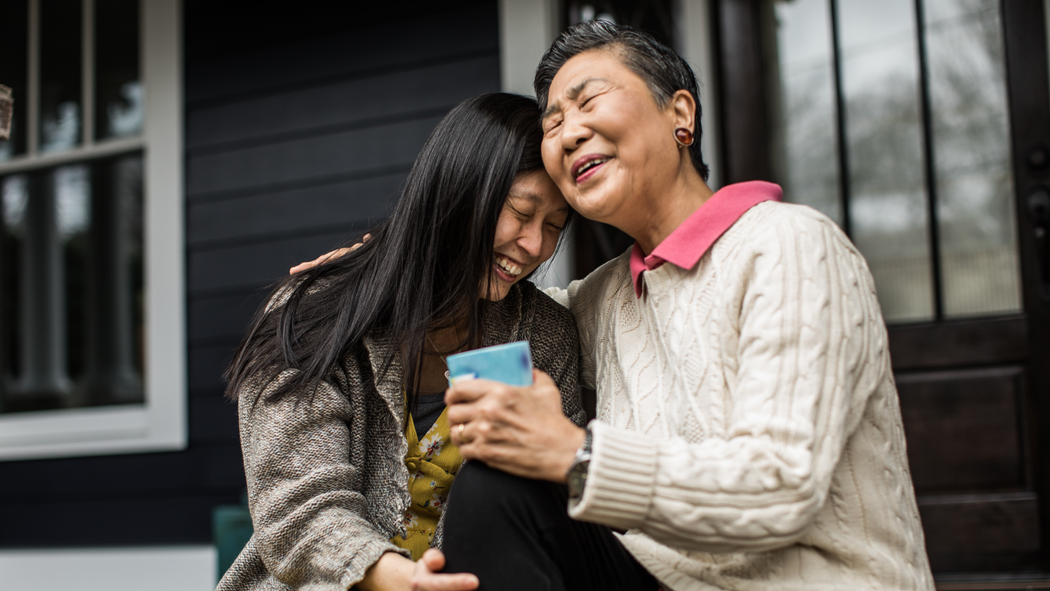
Asian Americans and Pacific Islanders are a diverse and a fast-growing population within the United States. Approximately 24 million Asian Americans and 1.6 million Pacific Islanders live in the United States, comprising roughly 7% of the population. They represent a myriad of cultures, languages, and traditions. The Asian American population has roots in more than 50 countries, while Pacific Islanders represent Native Hawaiians and ethnic groups from Guam, American Samoa, the Northern Marianas Islands, Palau, the Federated States of Micronesia, and the Marshall Islands.
Unfortunately, members of this community can face many challenges to achieving optimal health, wellness, and vitality. For example, 74% of Asian Americans and 41% of Native Hawaiians and Pacific Islanders speak a language other than English, which may create a barrier to accessing care. People with limited proficiency in English are less likely to use preventive services and often forego necessary health care procedures. When they do seek care, they may have difficulties communicating with their doctor and understanding care instructions.
Many Asian Americans also believe their doctors do not understand their individual culture and values, making them less likely to be confident about the quality of their care compared to the overall U.S. population. Varying cultural beliefs regarding disease, especially mental health issues, can be an additional barrier discouraging Asian Americans from seeking proper care. These situations are likely to be the case for many Pacific Islanders as well.
The health disparity impact among Asian American and Pacific Islanders
Language and cultural challenges can exacerbate health disparities among this population. For example, 8.8% of Asian American adults and 12.7% of Pacific Islander adults reported being in fair or poor health. They also have a higher risk of preventable health issues. They are twice as likely to develop diabetes compared to the general American population. South Asian Americans are more likely to develop heart disease than any other ethnic group, while cancer is the No. 1 cause of death for Asian Americans overall.
The Asian American and Pacific Islander community may also be heavily affected by mental health issues, as they are three times less likely to seek mental health services than other underserved ethnic groups.
At The Cigna Group, we are determined to reducing health inequities wherever they exist, through improved access to care, innovative experiences and products, and by building stronger communities – with the goal to achieve optimal health and vitality for all. Partnering with employers, local health systems, policymakers, and communities, we invest in solutions to address health literacy, inclusivity, and economic, environmental, and social support systems. We are working to close the gaps for the Asian American and Pacific Islander population by addressing social determinants of health (SDOH), educating communities, and promoting health literacy and accessibility in care.
Working to overcome barriers to care for Asian Americans and Pacific Islanders
The Cigna Group continually strives to understand and respect the individual needs and unique situations of our Asian American and Pacific Islander customers, especially those leading to potential health issues, by screening for SDOH in our care management programs and providing referrals for support when needs are identified. We also support employers and health plans who serve Asian American and Pacific Islander members by leveraging our Social Determinants of Health Index (SDI) data to help pinpoint disparities in care and health outcomes.
Awareness and action
In 2022, The Cigna Group launched a successful awareness campaign that explored key areas of health disparities among the U.S. South Asian population, including cardiovascular health, diabetes, cancer, and mental health. The campaign helped inform our customers about potential risk factors and encouraged them to speak with a doctor about ways to reduce their individual risk. We also provided helpful information about these health disparities for treating providers.
To promote health literacy and accessibility, we provide language assistance services using trained professional interpreters and translators. These services are available to all U.S. customers in more than 230 languages, this includes written and spoken languages that support our Asian American and Pacific Islander customers. We make these services available to our network providers to improve communications within their practices.
Better health: Advocating for all
There is always more we can do to reduce health inequities that drive better health outcomes. We continue to work closely with our clients, providers, and local communities to meet unmet social needs and improve access to care.

South Asian health disparities
Clinical insights and practical tips on how to address health disparities among this diverse population.